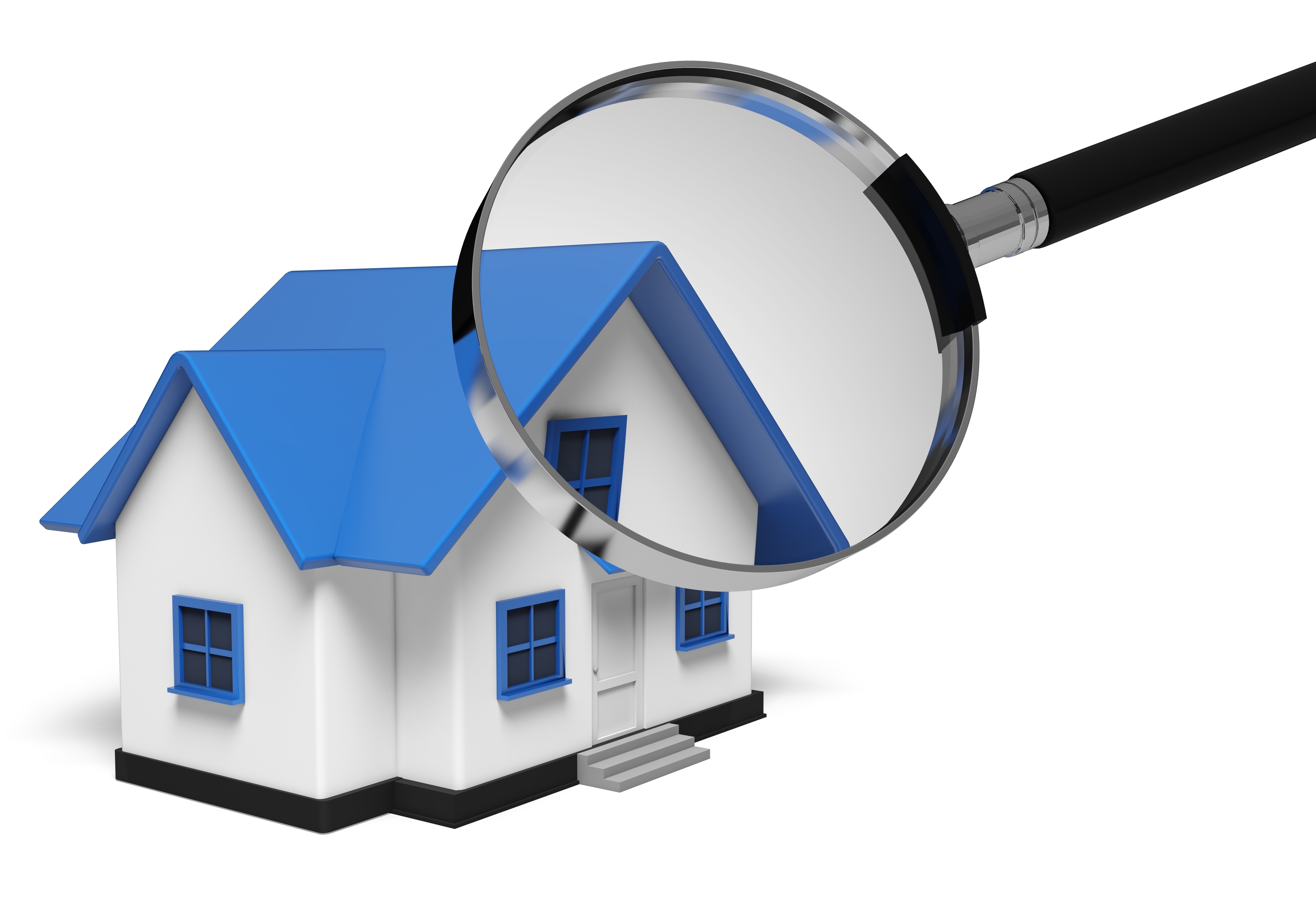
Home Appraisals: A PrimerA home purchase can be the largest transaction many people may ever encounter. It doesn't matter if a main residence, an additional vacation home or a rental fixer upper, the purchase of real property is a detailed transaction that requires multiple people working in concert to make it all happen. Most people are familiar with the parties taking part in the transaction. The most known entity in the transaction is the real estate agent. Next, the bank provides the financial capital necessary to finance the deal. And ensuring all requirements of the sale are completed and that the title is clear to transfer from the seller to the purchaser is the title company. So, what party makes sure the value of the real estate is consistent with the amount being paid? In comes the appraiser. We provide an unbiased estimate of what a buyer could expect to pay — or a seller receive — for a property, where both buyer and seller are informed parties. A licensed, certified, professional appraiser from Clay Allen Appraisal Service will ensure, you as an interested party, are informed. Appraisals begin with the inspectionTo determine an accurate status of the property, it's our duty to first conduct a thorough inspection. We must actually see features, such as the number of bedrooms and bathrooms, the location, and so on, to ensure they really are there and are in the shape a reasonable person would expect them to be. The inspection often includes a sketch of the property, ensuring the square footage is correct and illustrating the layout of the property. Most importantly, the appraiser looks for any obvious features - or defects - that would have an impact on the value of the property. Next, after the inspection, we use two or three approaches to determining the value of real property: a sales comparison, a replacement cost calculation, and an income approach when rental properties are prevalent. 
Cost ApproachHere, the appraiser pulls information on local construction costs, the cost of labor and other elements to derive how much it would cost to replace the property being appraised. This value commonly sets the maximum on what a property would sell for. The cost approach is also the least used method. 
Sales ComparisonAppraisers can tell you a lot about the neighborhoods in which they appraise. They thoroughly understand the value of particular features to the homeowners of that area. Then, the appraiser looks up recent transactions in the vicinity and finds properties which are 'comparable' to the subject being appraised. By assigning a dollar value to certain items such as square footage, extra bathrooms, hardwood floors, fireplaces or view lots (just to name a few), we add or subtract from each comparable's sales price so that they are more accurately in line with the features of subject.
In the end, the appraiser reconciles the adjusted sales prices of all the comps and then derives an opinion of what the subject could sell for. At Clay Allen Appraisal Service, we are experts when it comes to knowing the worth of real estate features in Marshall and Harrison County neighborhoods. This approach to value is commonly given the most weight when an appraisal is for a real estate purchase. Valuation Using the Income ApproachIn the case of income producing properties - rental houses for example - the appraiser may use a third method of valuing a house. In this situation, the amount of revenue the real estate generates is factored in with other rents in the area for comparable properties to determine the current value. Arriving at a Value ConclusionAnalyzing the data from all applicable approaches, the appraiser is then ready to put down an estimated market value for the subject property. The estimate of value at the bottom of the appraisal report is not always the final sales price even though it is likely the best indication of a property's valueDepending on the individual situations of the buyer or seller, their level of urgency or a buyer's desire for that exact property, the closing price of a home can always be driven up or down.But the appraised value is often employed as a guideline for lenders who don't want to loan a buyer more money than the property is actually worth. At the end of the day, an appraiser from Clay Allen Appraisal Service will guarantee you attain the most accurate property value, so you can make profitable real estate decisions. |